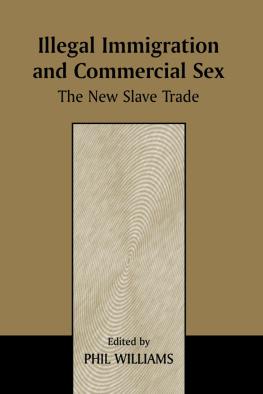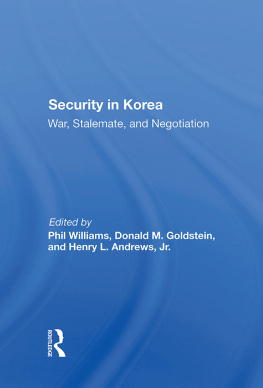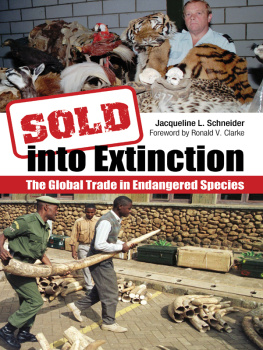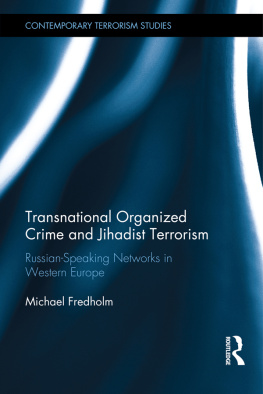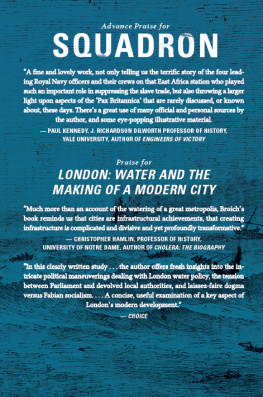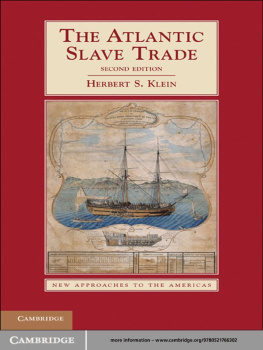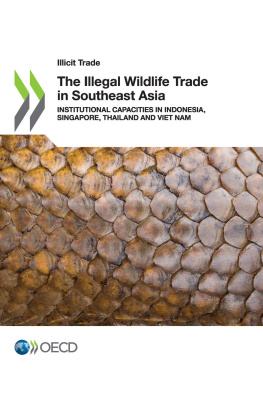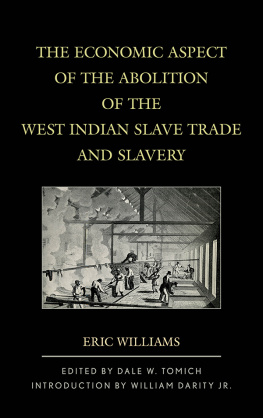First published in 1999 in Great Britain by
FRANK CASS PUBLISHERS
2 Park Square, Milton Park,
Abingdon, Oxon, OX14 4RN
and in the United States of America by
FRANK CASS PUBLISHERS
270 Madison Ave,
New York NY 10016
Transferred to Digital Printing 2005
Copyright 1999 Frank Cass Publishers
Website: www.frankcass.com
British Library Cataloguing in Publication Data
Illegal Immigration and Commercial Sex: The New Slave Trade
1. Illegal aliens 2. Illegal aliens Transportation
3. Illegal aliens Social conditions
I. Williams, Phil, 1948
323.631
ISBN 0-7146-4832-9 (cloth)
ISBN 0-7146-4384-X (paper)
Library of Congress Cataloging-in-Publication Data
Illegal Immigration and Commercial Sex: The New Slave Trade /
edited by Phil Williams
p. cm.
Includes bibliographical references.
ISBN 0-7146-4832-9 (cloth). ISBN -7416-4384-X (pbk.)
1. Transnational crime. 2. Organized crime. 3 Illegal aliens.
4. Sex crimes. 5. Smuggling. 6. Emigration and immigration.
I. Williams, Phil, 1948
HV6252.H85 1999
364.135dc21 99-25237
CIP
This group of studies first appeared as a special issue of
Transnational Organized Crime, Vol.3, No.4,
Winter 1997 (ISSN 1357-7387), published by Frank Cass.
All rights reserved. No part of this publication may be reproduced, stored or introduced into a retrieval system or transmitted, in any form or by any means, electronic, mechanical, photocopying, recording, or otherwise, without the prior written permission of the publisher of this book.
PHIL WILLIAMS
Many of the activities of transnational criminal organizations are designed to provide illicit goods and services for which there is a large and flourishing demand. Because of this, organized crime is sometimes portrayed as relatively harmless, a form of borderline entrepreneurship that feeds on opportunities provided by various forms of prohibition. The criminals, and those who defend their activities, contend that they are simply meeting the demands of consumers willing to pay for certain kinds of commodities and services that are not regarded as socially acceptable. Drug trafficking is perhaps the most obvious activity that fits into this category, but similar arguments are made about illegal gambling and prostitution. In a similar vein, the smuggling of illegal aliens is sometimes portrayed as simply a means of circumventing immigration restrictions and, therefore, as a victimless crime. Such an innocuous portrayal of alien smuggling ignores many of the unpleasant realities of a business that reduces people to the level of commodities. In fact, many of those who are trafficked are not only treated appallingly en route but are sometimes indentured or forced into crime or prostitution on their arrival into the destination state. When examined closely, illegal alien trafficking frequently involves significant violations of human rights, with all too many cases of would be migrants being drowned on sub-standard ships, suffocated in containers, or left stranded by traffickers who take their money and fail to deliver them to the promised destination. Chinese snakeheads who organize much of the smuggling of Chinese citizens to the United States not only hire enforcers for the duration of the sea voyage, but also place the new immigrants in the hands of enforcers until final payment is made. Illegal aliens from China who arrive in New York, for example, are kept in basements in appalling conditions, are often shackled or handcuffed, and are subjected to considerable violence. In some cases, the men are indentured for years, while women are forced into prostitution. The illegal migrants have little recourse: their very illegality inhibits them from going to the authorities, a reluctance that is turned into a prohibition by the threat of violent retribution against informants.
For all this, illegal migrant trafficking is a large and growing industry, facilitated by the ease of travel, corruption or laxity of immigration officials in a significant number of countries, and driven by the asymmetry between the number of people wanting to migrate (for whatever reason) and the restrictions imposed by governments on the number of immigrants legally allowed to enter their countries. Although China is one of the major source countries, others include India, Sri Lanka, Albania, and Turkey (with the Kurdish minority providing a large outflow). In Africa the flow of illegal immigrants has been to the south with South Africa becoming either the final destination or a major transit point for those seeking to go to the United States or elsewhere. In fact, most developing countries have a flow of both legal and illegal immigrants seeking to escape from poverty or repression or to obtain greater freedom and economic opportunities elsewhere. In other cases, war, ethnic cleansing, environmental degradation, or political persecution are the driving forces for the exodus. Whatever the driving factors, however, in many cases criminal organizations have established themselves very effectively as the travel agents for illegal migrants. In some cases the entrepreneurs are not heavily involved in other forms of crime and have formed small organizations specifically to meet the migration demand. In other cases, well-established criminal groups have simply diversified their activities into one more profitable area of activity.
A sub-set of trafficking in migrants that highlights even more starkly the notion of treating people as commodities is the trafficking of women and children either for the commercial sex industry or for forced labor, or in some instances for use as beggars. One report by the International Organization for Migration has noted that prostitution in Asia increasingly involves women and children who have been trafficked across national borders. Explained in part by economic disparities among countries as well as the failure of economic benefits to filter down to women this phenomenon is likely to be intensified by the Asian economic crisis.
In some cases, of course, women knowingly enter the world of commercial sex, albeit as an act of economic desperation and propelled by concern for their family. In other cases, women seeking better conditions and remuneration overseas are deceived by attractive package deals and offers of well-paying jobs, only to be forced into prostitution on their arrival. This happens not only to women from developing countries, but also to women from eastern Europe and the former Soviet Union who are trafficked to western Europe, Israel, and the United States.
In the world of human commodity trafficking, exploitation of children is, if anything, even more pronounced than that of women. It has been reported, for example, that handicapped children are being used as beggars in Cambodia and other developing countries. In some instances, unscrupulous traffickers are deliberately injuring or mutilating children in order to extract maximum sympathy and cash all of which goes into the pockets of the traffickers. Nevertheless, trafficking in children for commercial sex remains the most pernicious aspect of the trafficking business and one in which there are very clear victims.

